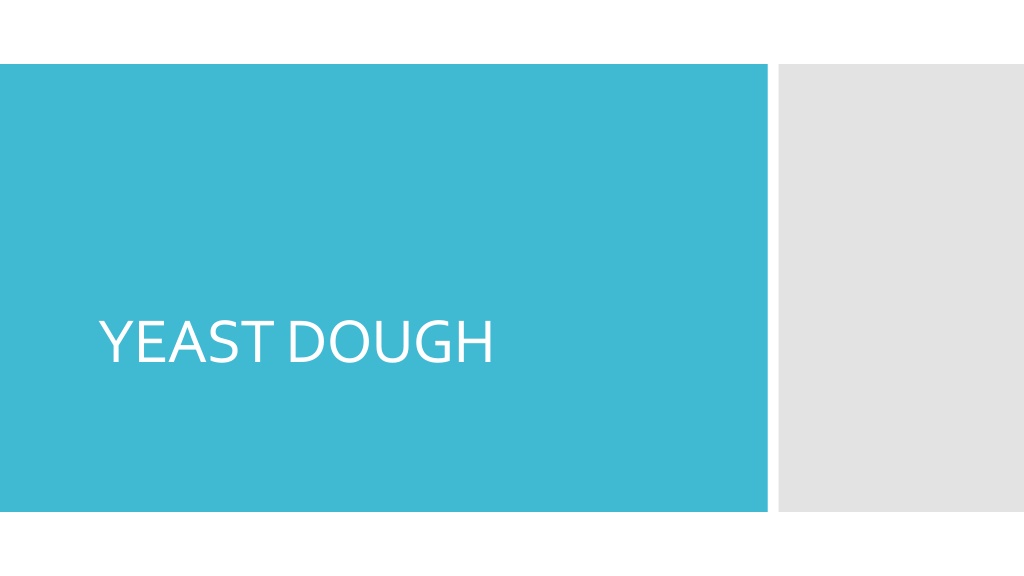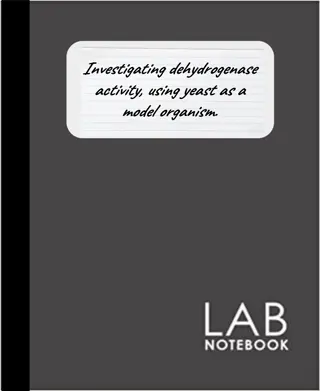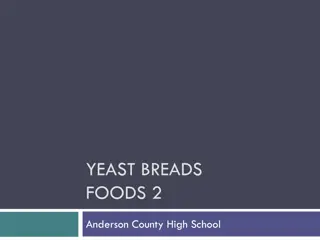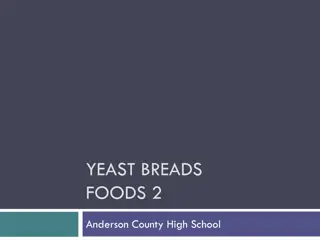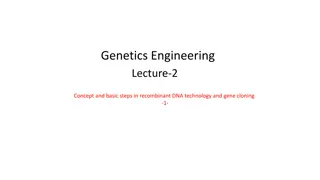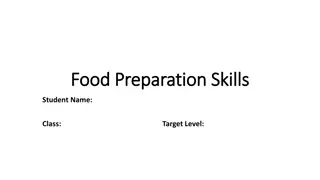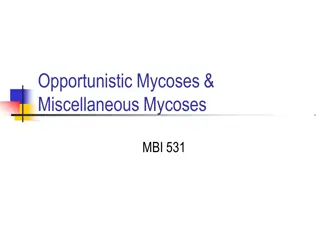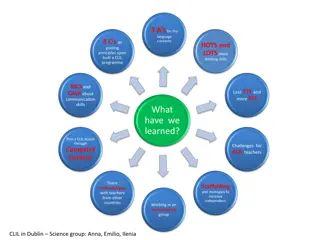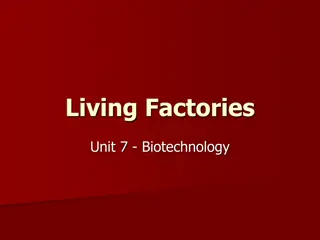Understanding Yeast Dough: Types and Techniques
Yeast dough is the foundation of various baked goods, offering a canvas for creativity with different types such as lean, soft, and enriched dough. Learn about the basic ingredients, methods like straight dough mixing, and essential concepts like yeast hydration and bulk fermentation in baking. Discover how folding dough, pre-fermentation, and other techniques contribute to creating delicious bread and pastries.
Download Presentation

Please find below an Image/Link to download the presentation.
The content on the website is provided AS IS for your information and personal use only. It may not be sold, licensed, or shared on other websites without obtaining consent from the author. Download presentation by click this link. If you encounter any issues during the download, it is possible that the publisher has removed the file from their server.
E N D
Presentation Transcript
Considered the blank canvas of baking LEAN DOUGH Most basic type Flour, yeast, salt, and water Very little sugar or fat added (if any) Chlorine dioxide is added to produce a more stable dough, increase loaf volume and prevent the loss of leavening Basic Types of Yeast Dough
Soft Dough Sugar and fat added (6%-9%) Make dough tender Enriched Dough Butter, oil, sugar, eggs, or milk products Sugar and fat added (25%) Makes dough sweet and rich Cinnamon Rolls Hot Cross Buns Braided Easter Egg Bread Basic Types of Yeast Dough
Straight Dough-Mixing method Mix all the ingredients for the dough together at the same time.
Most accurate way to measure Scaling Ingredients ingredients Weigh all ingredients
Yeast Hydration Pickup Bulk Fermentation Define the following words Folding Dough Pre-ferment Dough Starter Rolled-in yeast dough Laminated yeast dough
